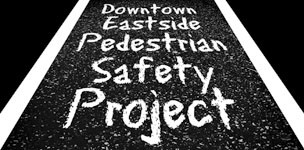Our target should be the decision-makers who put politics above evidence and are prepared to take risks with other people’s lives
Gerry Stimson, former Executive Director of the International Harm Reduction Association (IRHA), recently gave a important speech in which he defended harm reduction from political revisionism and properly asserted “A harm reduction approach to drug use is still relevant”. You can download a .pdf copy of Professor Stimson’s speech or watch a video of it entirely here.
While importantly Stimson emphasises that it is important to still work on reducing the harms that drug users risk in the context of their drug using (overdose, HIV or Hep C, impoverishment, violence, marginalization, etc.) it is equally necessary that we begin to regard decision-makers who put politics above evidence (Canada’s Conservative’s are a prime example of such) as major harm causers and risk takers with the live’s of people who use drugs. In other words, rather than always trying to change the behaviour of the powerless (the drug users) it is time we started focussing our efforts to change the behaviour of the powerful (political decision makers).
The example of Vancouver’s change in the political risk environment is emphasized in Stimson’s speech. He notes that in two years the political climate changed from risk in supporting a safer injection site to risk as a politician if they didn’t support the opening of InSite. He considers some of the factors which came together in Vancouver to make such a transformation in the political risk environment possible, emphasizing among other factors, “the peer-run Vancouver Area Network of Drug Users”.


Recent Comments